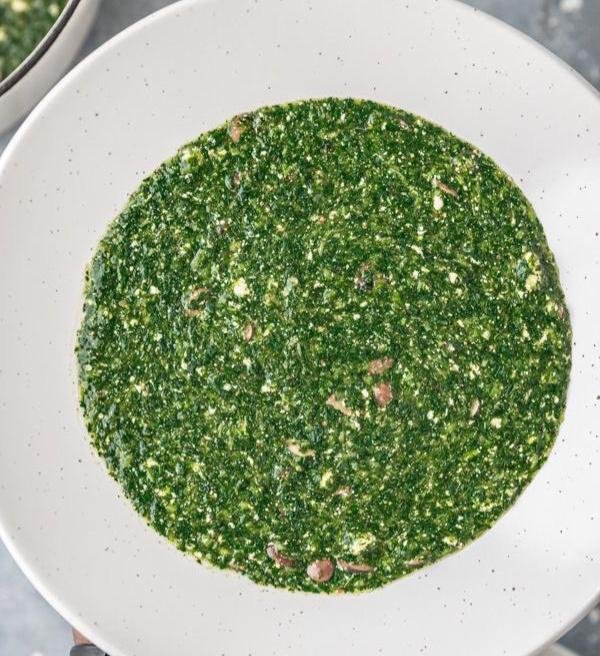Hello everyone, in my last post about culture, I spoke about the taking drum and how it is a symbol of music, statement, praises, and even mockery in the land of the Yoruba People. This time, I will be discussing the soup called Ewedu.

When you get to listen to the name of this soup, I want you to know it has to do with the Yorubas. In culture, there are certain things, such as food, clothes, drink, and even music, that, once noticed, you can identify which culture they belong to. This is what it is like for ewedu in Nigeria. It is a dish that has become synonymous with the people from the west in Nigeria, known as Yoruba.
The feel of the soup is stretchy and categorized as one of the draw soups in the country. Due to how it is made, it comes with a green colour as a result of the leaves used in making the soup, called Jute leaves, and it is green in nature.
The beauty of the soup lies not only in its delicacy, but it is also medicinal. The Jute leaves used in making the soup are medicinal in aiding digestion and inflammation. If you have ever eaten amala and ewedu and ever wondered why it goes down so easily without so much stress? It is because of the soup and how slippery it makes the amala go down the throat. Amala is the most popular solid food to combine with the soup. Amala is made from yam flour, and it is combined with ewedu soup.

Another uniqueness about the ewedu soup, aside from its multi-functionality in being a soup and medicine. The means of preparing the soup are quite interesting. It was not now when you could grind the Jute leaves, back then you had to use a specific kind of broom to match the soup, just to get that slimy feel to the soup, make it kind of elastic if you ask me.
The soup is highly recommended to pregnant women and women who have just given birth because of the vitamins and iron it contains. The nutrients found the food are essential for the body to strengthen it. I have to add that the preparation of the soup is kind of a symbol in preserving the heritage of the culture. The passing of the teaching from a mother to her child says a lot about how the soup is a part of the culture.
In today's world, the soup has grown fast into a popular jingo that keeps on poppin in Yoruba people's traditional marriage, filled with garnishing of meats and cowtail. Let us not get carried away that we forget that another unique thing about ewedu is its acceptance towards other soups. With ewedu, you can combine it with another soup, and the most popular combination that works is with gbegiri and stew. So the combine is complete when you have you have your amala, gbegiri, ewedu, stew, and meat.
Try out ewedu if you have not already, and for those who have, let us know what you think about the soup in the comment section. I would like to see what you think about the soup, especially from people who are not Yoruba by tradition.
Also
For more Nigerian cuisine, you can check out these posts from my friend @ajumaa
Vegetable soup made with love🍲
Saturdays are for Moi-Moi: My first try🍲


I am @samostically, a chess player and writer. I love to share the experience I have gained from different battles over the 64 squares and the knowledgeable insights from books I have read. But most importantly, I am a Midnight Owl and I founded the community Midnight Letters.
♟♟♟♟♟♟♟♟♟

Posted Using INLEO